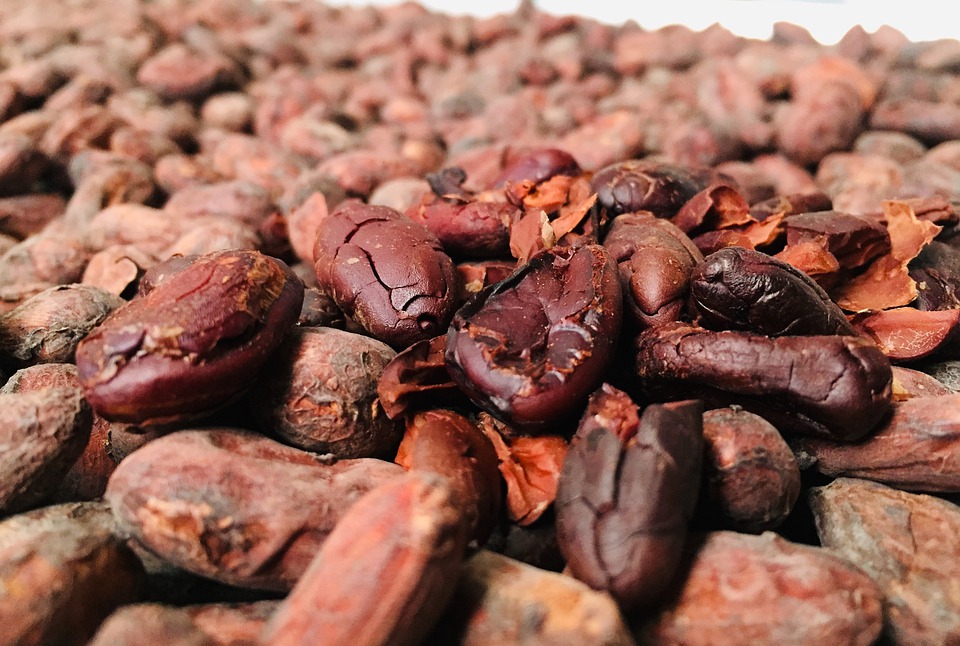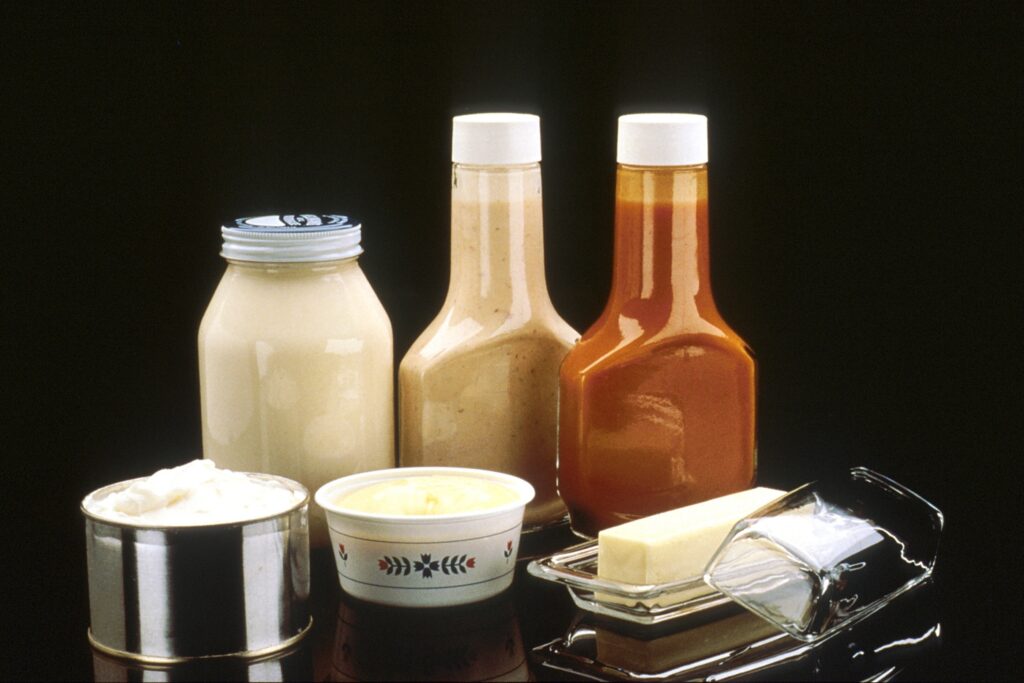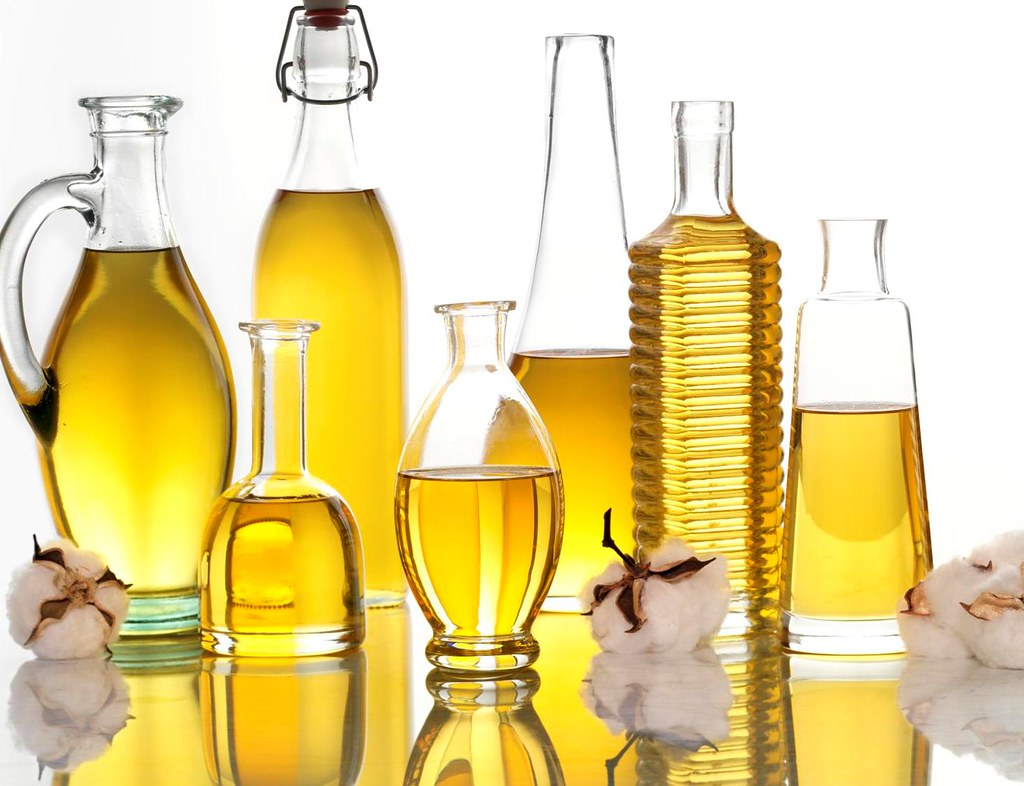
List of cocoa by-products and their utilization
Let us go through the list of cocoa by-products and their utilization.
Any processing plant has its own by products. Isn’t it?!
But, agro-based industries have this in huge quantity. Waste disposal becomes an additional problem for the processors.
Different kinds of waste materials are found in the case of cocoa plantations. Much work has been carried out on utilization of these wastes. Many pieces of literature are available which report the successful utilization of cocoa byproduct.
Before knowing the utilization of cocoa byproducts, let us have a look at the list of byproducts.
These include:
- Sweatings
- Cocoa pod husk
- Pulp
- Nib and
- Some times cocoa powder.
Sweatings: These are the liquid waste obtained as a result of the fermentation of pulp. The use of these sweatings for the manufacture of alcohol or vinegar has been reported. These can also be used for the production of jam and jellies as it contains 0.9 – 1.19% pectin.
Cocoa pod husk: It can be used for the manufacture of black soap. In Nigeria, soaps are being made by using potassium hydroxide, sodium hydroxide, and potassium carbonate.
Cocoa pod ash: Cocoa pod ash contains potassium hydroxide, potassium carbonate, an insignificant amount (16.07% and 56.73% respectively). Taiwo and Osinowo (2001) studied the formation of black soap by substituting these chemicals with cocoa pod husk ash. This property of cocoa pod along with other agro wastes was being harvested and they succeeded in making black soap out of cocoa waste.
Use of cocoa pod in animal feed has been reported by Sampath et al. (1990). The cocoa pod has a high nutrition value in terms of protein content, energy value, and other micronutrients. Abiola and Tewe (1991) reported the beneficial effect of the cocoa pod, shell, dust, etc., when incorporated in the diet of poultry.
In the case of lambs, an increase in body weight was observed when they were fed with 12 -30% cocoa pod, and an increase in egg weight and percentage egg Production was reported when the hen was fed with the cocoa pod.

Antioxidant extraction
An increase in the health consciousness and increase in demand for natural food ingredients, have attracted attention towards the natural antioxidants. Azizah et al. (1999) successfully extracted antioxidants from cocoa byproducts such as cocoa nibs, powder, and shell.
These antioxidants were extracted using methanol, petroleum ether, chloroform as solvents. Out of these, 12 extracts from 3 byproducts exhibited high antioxidant properties.
As far as anti-oxidant properties of cocoa by-products are concerned, I have quoted one article
I would like to give its abstract
Extraction and characterization of antioxidant from cocoa by-products. Food Chem. 64, 199-202. Azizah, A. H., Nik Ruslawati, N. M., Swee Tee, T. 1999
Antioxidative properties of extracts from six types of cocoa by-products have been studied. Seven different solvents differing in polarity were used to extract the antioxidants from cocoa by-products.
Out of 42 different extracts tested, twelve extracts from cocoa powder, natural cocoa powder, cocoa nib, and cocoa shell exhibited strong antioxidant activities using a diene conjugation formation method.
The characterization studies done indicated that increasing extract concentration resulted in increased antioxidant activities at all the levels studied, namely 1000, 2000, and 3000 ppm.
It appeared that flavonoid compounds may be responsible for the antioxidative activities in cocoa by-products and complete elucidation of the active compounds is in progress.
References:
1. Science of Cocoa Processing by Sharma and Naidu l Jain Brothers, New Delhi
2. Abiola, S. S., Tewe, O. O. 1991. Chemical evaluation of cocoa byproduct. Trop. Agric. 68, 335-336.
3. Azizah, A. H., Nik Ruslawati, N. M., Swee Tee, T. 1999. Extraction and characterization of antioxidants from cocoa by-products. Food Chem. 64, 199-202.
4. Sampath, S. R., Kumar, M. N. A., Sundareshan, K. 1990. Evaluation of cocoa bean byproduct for ruminant feeding. Indian J. Animal Nutr. 7, 45-48.
5. Taiwo, O. E., Osinowo. F. A. O. 2001. Evaluation of various agro-wastes for traditional black soap Production. Bioresource Tech. 75, 95-97.
Check out this if you are preparing for ICAR-AIEEA PG:
https://www.amazon.in/Objective-Food-Science-9th-2019/dp/B07KV2BDZ8
Check out other articles:
Water Activity vs Moisture
Accuracy and Precision
Science of Food Emulsion




